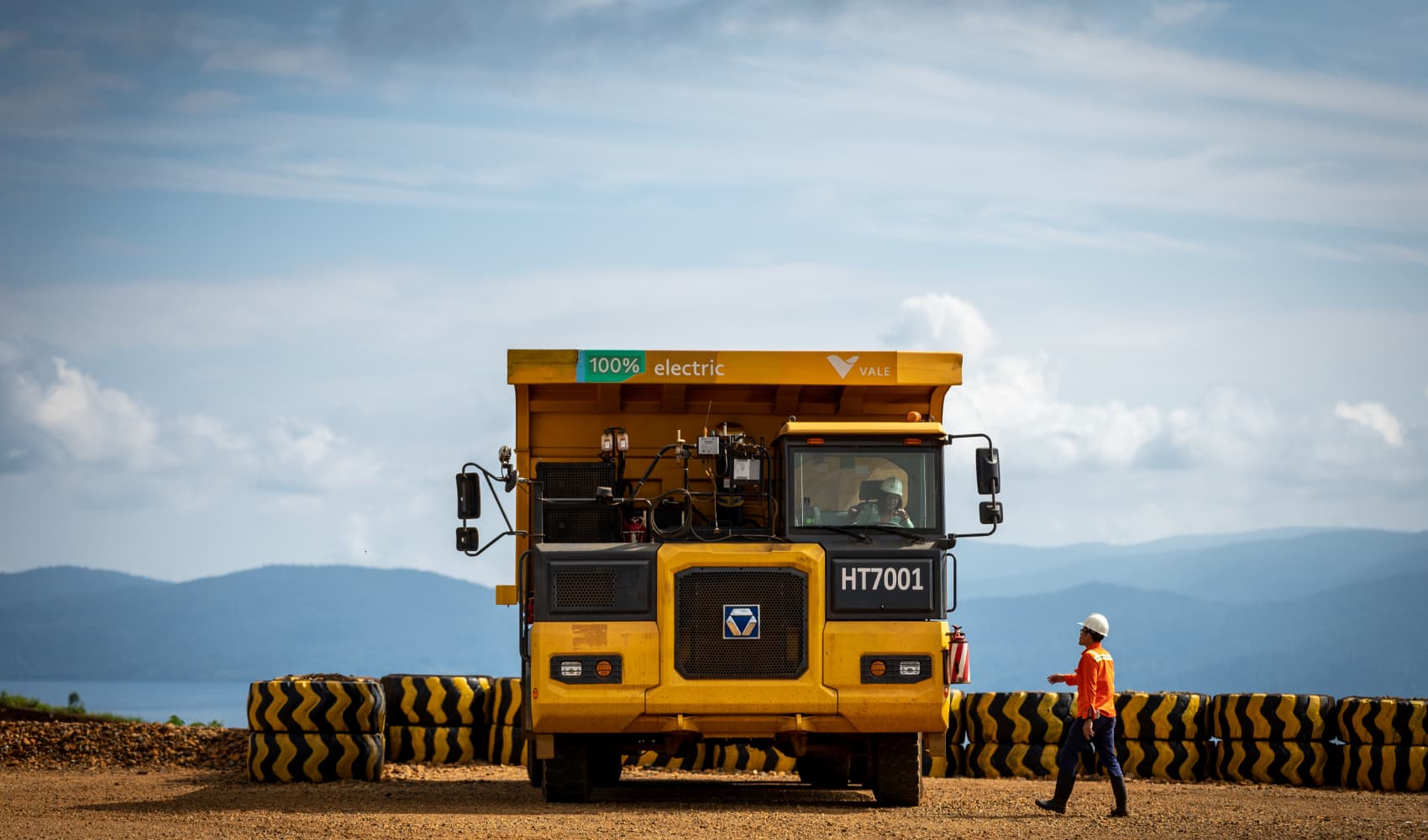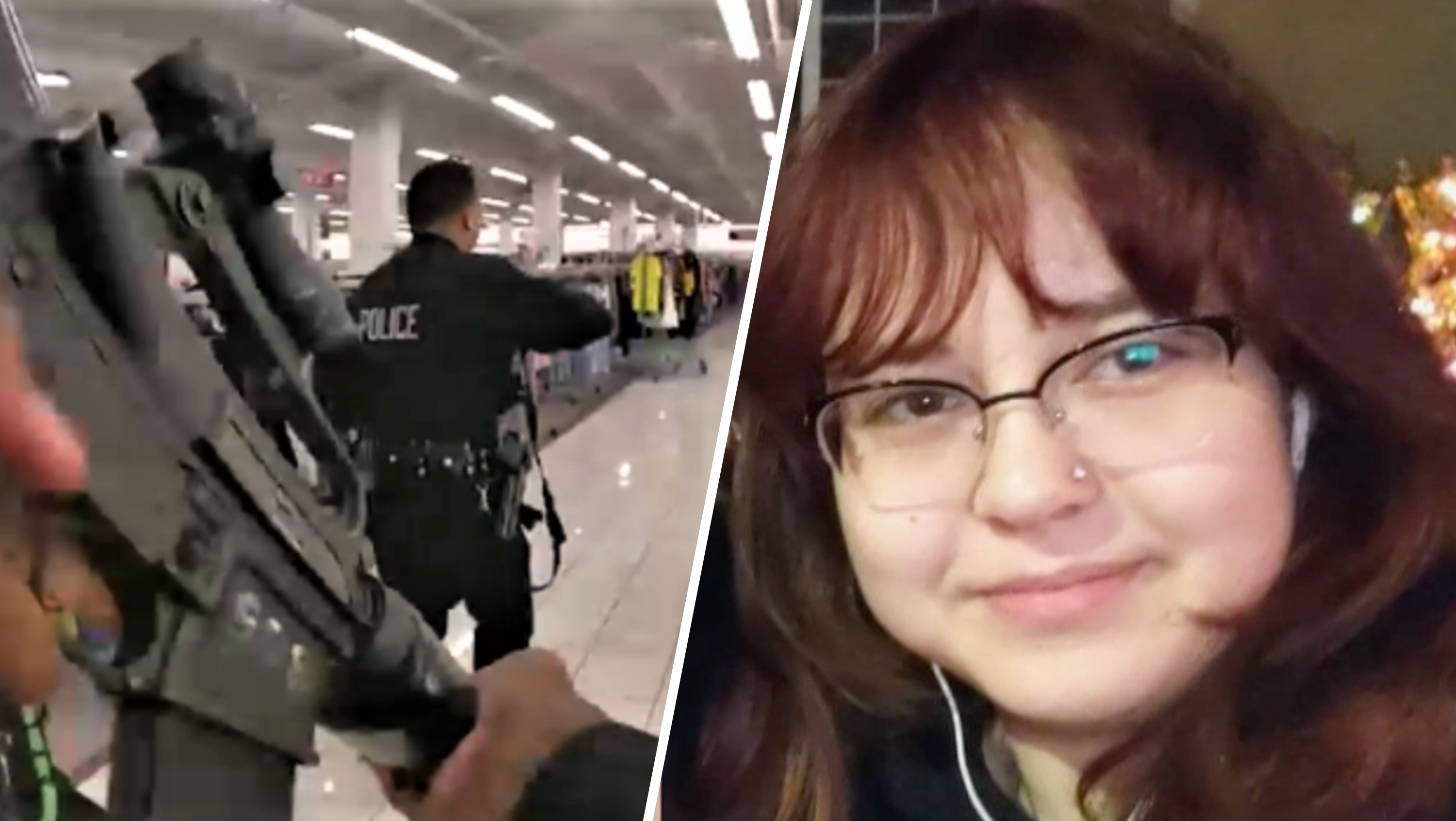Californians will be able to grab a beer at their local brewery without having to buy food for the first time in more than eight months starting this Saturday.
The California Department of Public Health updated reopening guidance on Thursday to allow for outdoor breweries, wineries and distilleries to operate without having to serve food.
The change does not apply to bars in the purple or red tiers.
Get Southern California news, weather forecasts and entertainment stories to your inbox. Sign up for NBC LA newsletters.
For counties in the purple or red tiers of California's reopening metrics, operations must be held outside only. For counties in the orange tier, businesses can operate with 25% capacity or up to 100 people, whichever is fewer. In yellow, that bumps up to 50% capacity or 200 people.
Those businesses will be required to make modifications, though, like ensuring that people have reservations and adhere to a 90-minute time limit. They will also be required to stop serving by 8 p.m.
Not much will change for breweries, wineries and distilleries that serve food. They will be able to operate as a restaurant under their county's current tier restrictions.
Breweries, wineries and distilleries -- along with just about every other business in California -- were shut down in mid-March 2020 during a statewide stay-at-home order that prevented people from gathering in groups outside of their household. They were able to operate with to-go orders only.
Public health officials considered bars to be the highest-risk businesses during the pandemic because alcohol consumption reduces inhibition and impairs judgment, leading people to forget using face coverings or keep a safe distance from each other. Raising one's voice in a loud bar leads to greater projection of droplets, they said.
In the summer, when restaurants and other businesses were allowed to reopen outdoors and with modifications, breweries, wineries and distilleries were told they can't reopen unless they served food themselves or partnered with a third-party food provider to ensure food was purchased on every tab.
California
News from across California
That has been business as usual for more than half a year.
California public health officials are strategizing how to safely reopen California now that vaccinations are widely being distributed across the state. The state has tied its reopening plans to getting the most vulnerable residents vaccinated, particularly people in Black and Latino communities and in lower income neighborhoods.
Currently, The state uses a four-tiered, color-coded system to determine what businesses can open in a county; purple is the most restrictive, yellow the least. Under the system, counties will be eligible to move to less restrictive tiers once benchmarks are hit for vaccinating people in the most disadvantaged neighborhoods.
When officials established the system in August, Gov. Gavin Newsom said it was too soon to look ahead to a green tier that would signal “go back to the way things were." But as vaccinations increase and cases, hospitalizations and deaths go down, officials are preparing to introduce one, though it's not clear what restrictions would be in place.
The Democratic governor said Wednesday that officials are now working on setting up a green tier “and have been now for a number of months in anticipation of this bright light at the end of this tunnel,."
Ghaly declined to speculate on when the state might reach a green tier, but he did say it would likely include continued restrictions including wearing masks and keeping up social distancing. Any movement into the least restrictive level would only happen when the state reaches a widespread level of vaccination, he said.
Aragón, the public health director, said the state is considering when to end the current reopening blueprint. He said the state is likely to achieve herd immunity when about 75% of the population has been vaccinated, but he noted that could change as the virus mutates.
Almost half of the state's 58 counties are out of the most restrictive purple tier. Major counties like Los Angeles and Orange are expected to soon move to the red tier, allowing limited indoor dining and the reopening of movie theaters and gyms.



